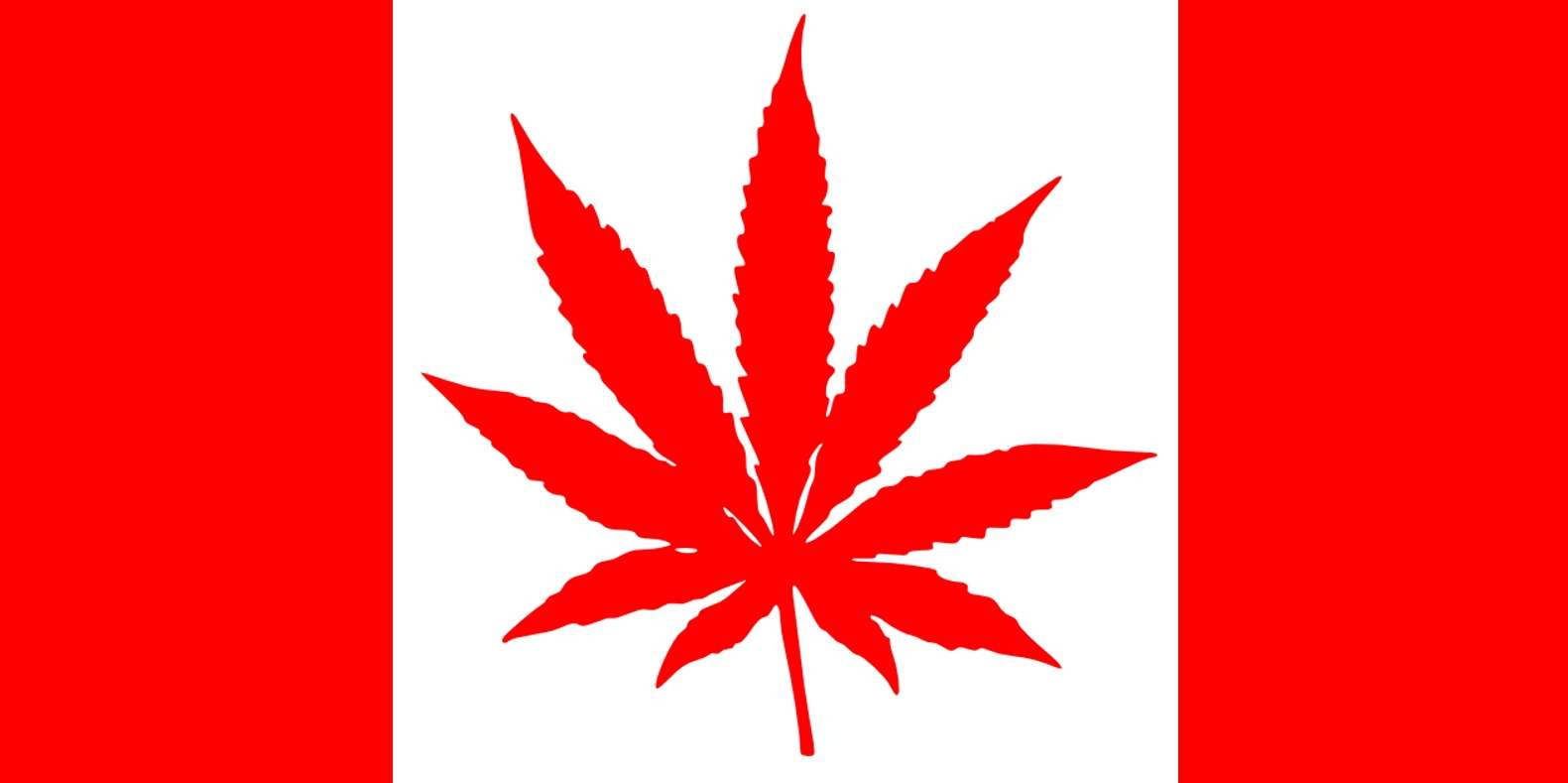4 Ways Legal Pot Will Be Better in Canada Than in the U.S.
There is no national ban, taxes are modest, the purchase age is lower, and delivery is allowed throughout the country.

Marijuana legalization takes effect today in Canada, which is handling the transition from prohibition to regulation better than the United States in several important ways:
1. The federal government is on board. Unlike the United States, where marijuana is still banned by federal law, Canada has repealed prohibition at the national level while giving the provinces considerable leeway to figure out the details. That makes Canada the second nation (after Uruguay) to legalize marijuana for recreational use. In the U.S., meanwhile, marijuana merchants in the states that license them continue to operate under a legal cloud, committing federal felonies every day. Aside from the threat of prosecution and forfeiture, the federal ban complicates leasing, contracting, insurance, taxes, and financial services.
2. Marijuana taxes are modest. The Canadian government is imposing a tax of 10 percent or one dollar per gram, whichever is greater, to be collected from the final producer, and plans to give the provinces 75 percent of the revenue. That's in addition to standard sales taxes, which range from 5 percent to 15 percent. Still, the effective tax rate should be considerably lower than in jurisdictions such as California and Washington, where steep taxes have made it hard for licensed merchants to compete with black-market dealers. An industry analyst recently told The New York Times that heavy taxes and burdensome regulation in California make legal marijuana something like 77 percent more expensive than black-market marijuana.
3. More adults can legally consume cannabis. In the U.S., all nine states that have legalized recreational use have set the minimum age for purchase and possession at 21, corresponding to the drinking age. The upshot is that most college-age adults, two-fifths of whom use marijuana, cannot do so legally. Canada also used the rule for alcohol as a benchmark, but it has a lower drinking age. The national minimum for both alcohol and marijuana is 18, and most provinces have added a year to that cutoff.
4. Marijuana delivery is legal. While California, Nevada, and Oregon allow home delivery of marijuana, most states do not, even though it is a discreet solution for residents of cities that decide to ban pot shops. Because of the lingering federal ban, sending marijuana by mail, FedEx, or UPS remains a risky business anywhere in the U.S. In Canada, where some provinces are letting local governments decide whether to allow cannabusinesses, marijuana can be ordered online for delivery by mail throughout the country.
Canada has not gotten everything right. The national government has imposed strict limits on packaging and advertising, for instance, and it will not allow the sale of edibles for another year at least. In several provinces, the government is directly involved in selling marijuana online or through storefronts. Quebec plans to completely monopolize the marijuana business, as it does with liquor stores, and won't even allow home cultivation as an alternative. But Canada does seem to have learned a few things from American mistakes.


Show Comments (12)